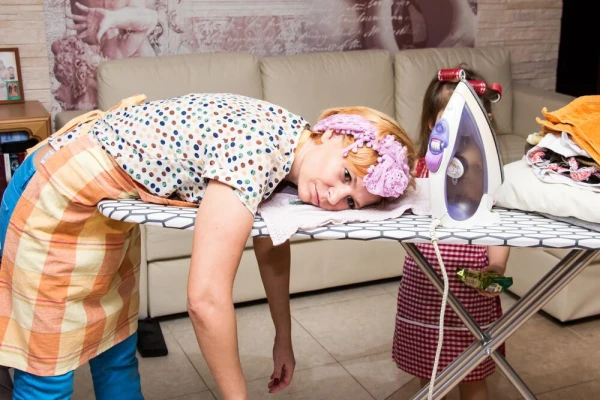
You wake up and realize that you are late everywhere, so there is simply no time to iron your shirt, and going out wrinkled is not acceptable. Or you are in a hotel in another city, and your dress is hopelessly wrinkled after being in the suitcase, and there is no iron in the room. Or, after all, you are one of those who can't stand ironing clothes (and there are more of these people than it seems, they just usually keep quiet about it). In all these situations, a liquid iron will come in handy.
It is a spray that smooths out wrinkles — the composition is usually water-based with the addition of conditioning polymers/surfactants and soft aromatic components. It moistens the fibers, helps them 'relax', and returns the fabric to smoothness without traditional ironing. This spray is convenient to keep on hand while traveling, in the office, and at home when there is no time to get out the board and iron: a couple of sprays, a few movements of the hands — and the item looks noticeably neater.
How It Works
Fabric fibers 'remember' creases when they lose moisture and are fixed in a wrinkled position. The liquid iron slightly moistens the surface and adds softening components: the fibers become pliable, you return them to their original shape with your hands, gravity and airflow 'dry' them — and the crease smooths out. This is not dry cleaning or steam ironing: there will be no miracles on stiff 'pleats' and dense linen, but for everyday wrinkles on cotton, viscose, knitwear, fine wool, and synthetics, the effect is very decent.
How to Use It Properly
Hang the item on hangers or lay it flat on a horizontal surface. The freer the fabric hangs, the better gravity works. The distance should be 20–30 cm, switch the nozzle to fine spray. Lightly (!) moisten the wrinkled area — the fabric should become cool and slightly damp, not wet.
Smooth the fabric with open palms from top to bottom, gently stretch the problematic areas, and shape the edges. Let it dry. Leave it for 5–10 minutes on the hangers or speed up the process with a hairdryer on warm (not hot) air. If necessary, repeat in specific areas. For collars and cuffs, you can add a light pressing with your palm or steaming from a distance.
Compatibility with Fabrics and Limitations
Works well on such fabrics: cotton, viscose, modal, fine wool, cashmere (from a distance), polyester and elastane blends, shirt fabrics, knitwear. Caution: silk and delicate dyes — first, do a test on a seam, while velvet, suede, and leather are not suitable for a liquid iron at all.
Care and Safety
Do a test on an inconspicuous area, especially on dark and loosely dyed fabrics. Do not over-moisten — excess can leave water stains on some materials. Do not spray on skin and face, keep away from children and pets. If there is sensitivity to fragrances, choose unscented versions or make a homemade solution without perfume.
Can You Make Liquid Iron at Home
Yes, for undemanding fabrics, a simple solution will work: in a clean spray bottle, pour 200–250 ml of water, add 1 tsp of fabric conditioner (without dyes and with a neutral scent) and ½ tsp of medical alcohol (helps with more even drying). Shake well, do a test on a seam. For 'unscented' options, replace the conditioner with 1 tsp of vinegar water (9% vinegar — ½ tsp per 200 ml of water) + a drop of glycerin. Important: store homemade mixtures for no longer than 1–2 weeks.

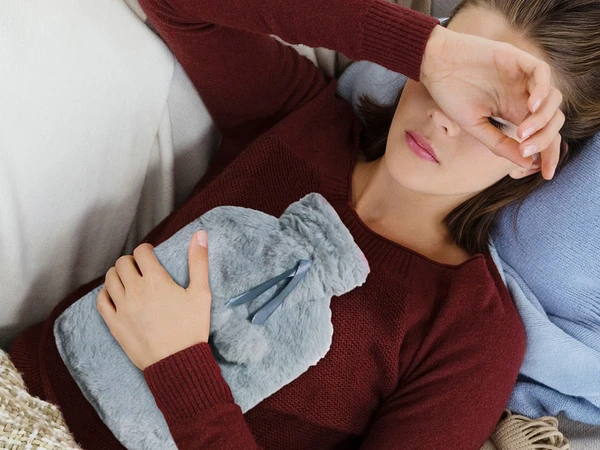
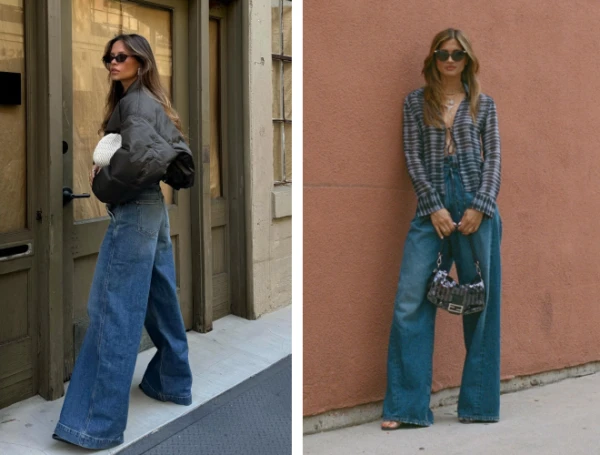
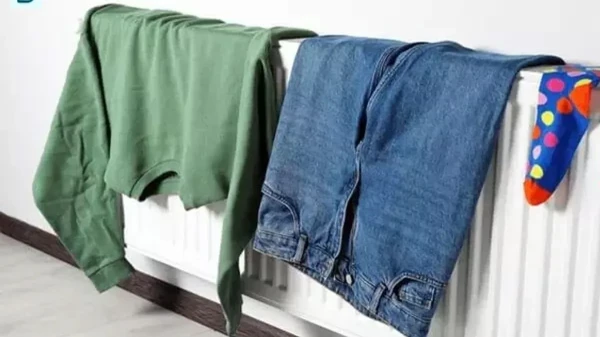

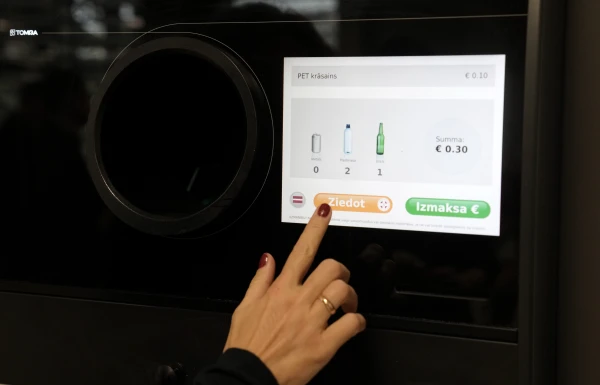


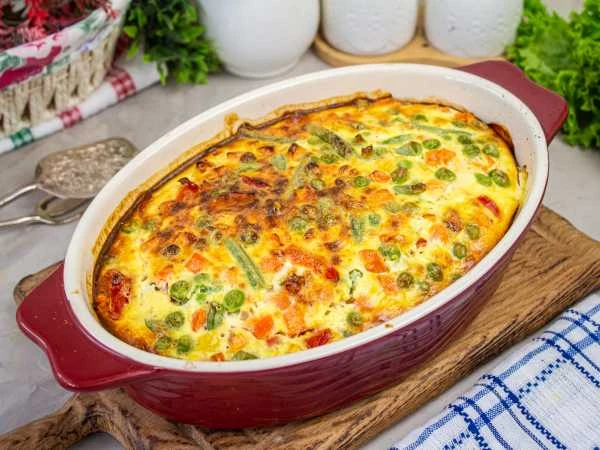





Leave a comment